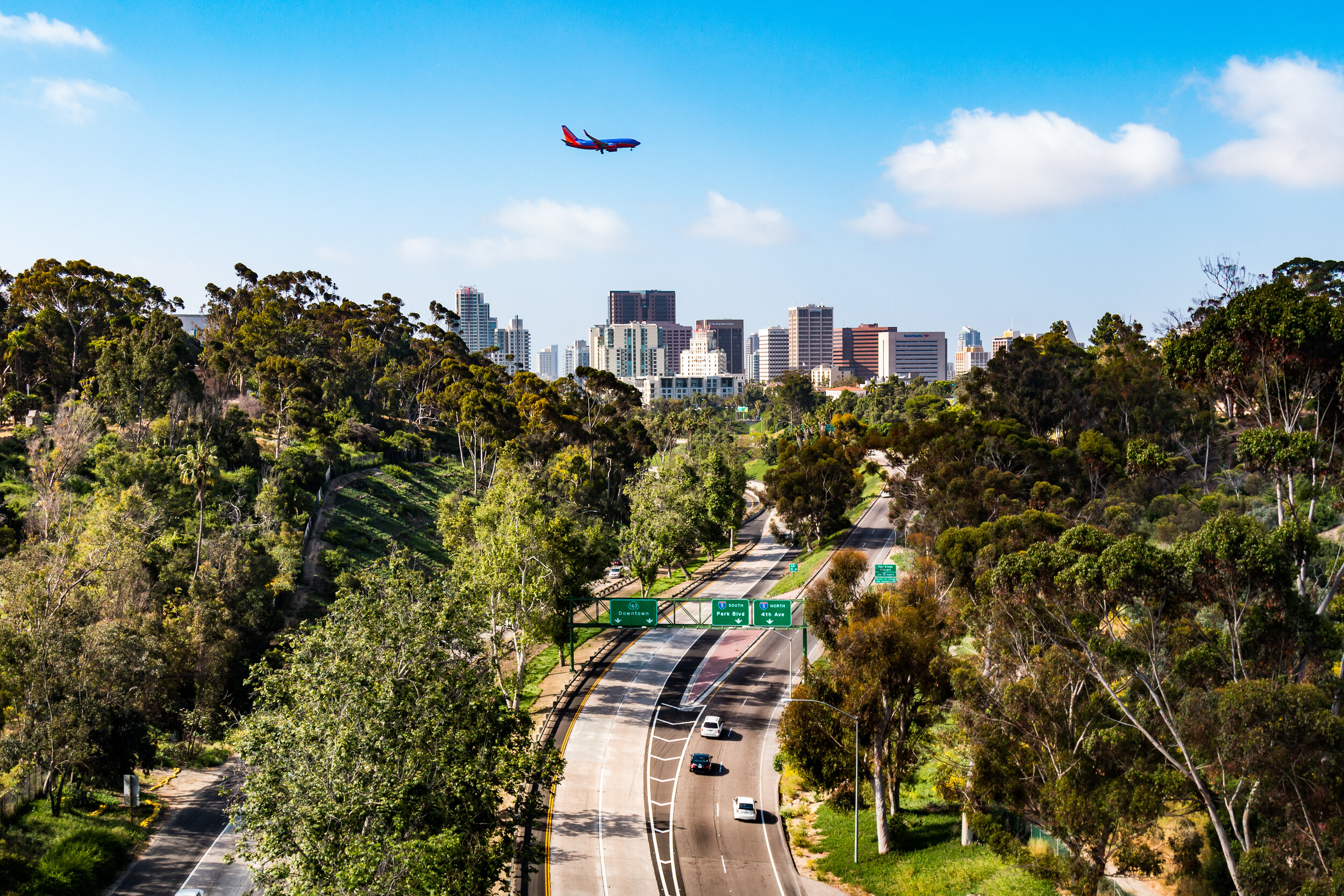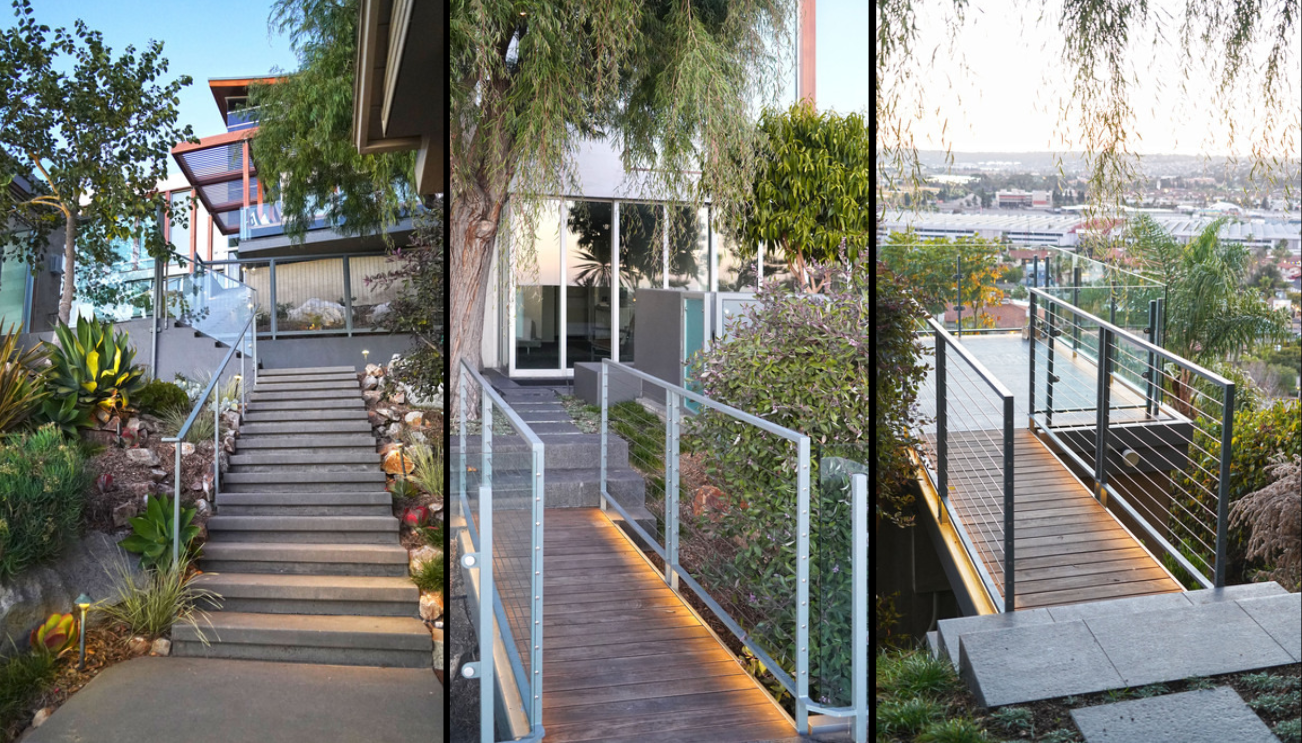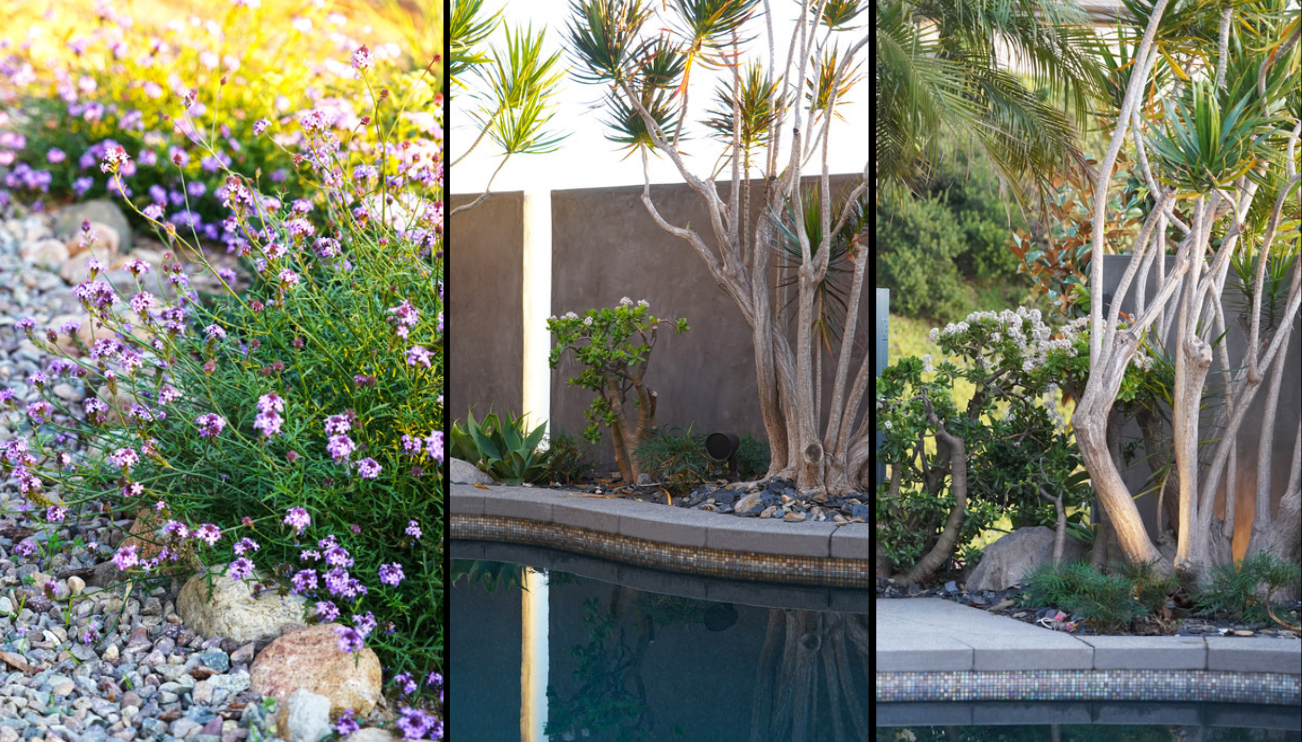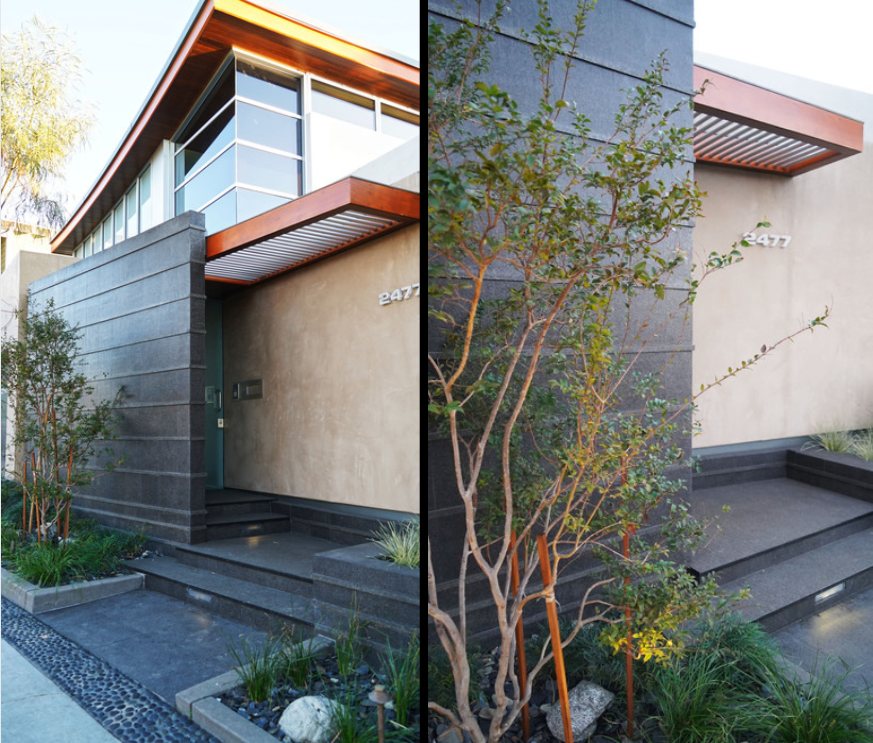Trees As a Valuable Resource in Development

When a colleague gave me a list of trees with the amounts of carbon they sequester per year, it got me thinking deeper about trees and their crucial role in our urban communities.
I would like to begin with a thought: we have less than ten years to prevent costly catastrophic events from impacting societies, according to the Intergovernmental Panel on Climate Change. The scary part about this thought is that it is a fact. As governments are taking years scrambling policies together to limit global warming to the dreaded 1.5°C increase, we are already seeing the impacts of anthropogenic (human-induced) global warming on our climate systems. Yet, at the individual level, we seem to be moving at the pace of sloths to do anything about it.
You are probably just as tired of hearing the same things about climate change as you are about COVID-19 updates — I get it, but the longer we take to stabilize the Earth’s temperature, the more difficult and costly it will be for societies to adapt to these drastic changes.
Interestingly enough, many of the solutions towards slowing down this environmental demise on human lives are land-based, which can be integrated into every designer’s daily work, such as carbon sequestration.
Carbon Sequestration and Climate Change Mitigation
Carbon sequestration is the biological process by which carbon dioxide in our atmosphere is absorbed by trees and plants through photosynthesis and stored as carbon in soil and above ground biomass. Biomass consists of any plant material that you can see, such as trunks, branches, foliage, grass, roots, etc. Soil and forests are identified in most countries as the major sources of carbon capture and storage. Unfortunately, as if we were not set back enough in dealing with our own fossil fuel emissions, recent firestorms have plagued our most significant natural sources of carbon sequestration and have burned large parts of California, Australia, and the Amazon. Since cities, such as San Diego, generally have more concrete and asphalt than soil and forests, we are going to focus on the most viable way for cities to capture locally-grown carbon emissions in the air: through trees.
Trees have the immense ability of capturing and storing several pounds of carbon dioxide from the air, absorbing as much as 20% of our annual greenhouse emissions. During photosynthesis, carbon is taken from the air, processed, and stored in the tree’s tissue. The carbon is then filtered down through the tree’s roots and into the surrounding soil which acts as long-term storage.
Robust Ginkgo trees line the walkway at biotech campus, GradLabs, in La Jolla. Ginkgo trees have the ability to capture 105.8 lbs of carbon per tree, per year.
When proposing new trees in a project, keep in mind that not all trees are created equal. Tree species can vary greatly in the amount of carbon they capture, with some species able to capture hundreds of pounds more than other trees. For example, based on a seven-year-old tree, a Brisbane Box tree can sequester 18.9 pounds per year and a California Sycamore can capture 560.6 pounds, while a Red Flowering Gum Eucalyptus can capture a whopping 915.1 pounds per year, according to the list developed by CalFire.
While species are significant, size matters, too.
Since carbon storage is directly correlated to the amount of biomass, a key factor in capturing the most carbon in our cities lies in the existing trees because the green infrastructure is already there. The larger the tree, the greater capacity it has to make an impact in the air pollution. Don’t take comfort in planting new trees to replace the demolished ones. The new 24-inch or 36-inch boxes are not going to cut it. Old tree growth is not replaceable.
We need to see the value that mature trees have in cleaning the carbon emissions clogging up our cities. As Ben Arcia stated in our November blog post titled, Great Design: A Balance Between Humility and Courage, “the carbon footprint produced by building a large structure out of concrete and gypsum cannot be offset by simply putting photovoltaic panels on the roof. The numbers just don’t add up.” The following are only a few points and observations that can help the numbers add up and at least try to break even with the pollution we are releasing in the air.
Issues are Opportunities in Disguise: Choose to See Life rather than Inconvenience
We do not have enough large, mature trees in San Diego. We are developing land and demolishing trees faster than we can replace them. One of the issues that I have observed in our built environment is that we are all too quick to tag a tree for demolition. There is a running joke in the Landscape Architecture profession that we are actually “tree killers” since every landscape designer has had to reluctantly send a mature tree to the woodchipper even after coordination attempts with other disciplines to work around the tree. Here is an example of a common scenario: We receive the following comment from our client, “A decomposed gravel pathway is proposed, please coordinate with civil and architectural authorities to see if the existing trees need to be removed.” To which we respond, “Please avoid the trees and have the pathway go around them so that the trees do not have to be removed.” The solution was quite simple yet mind-boggling.
Unless the tree is 100 years old, we tend to view existing trees as objects that are “in the way,” instead of seeing it as a shelter to our dwindling bird population, or an opportunity to actively capture carbon.
If we propose to cut down trees for no apparent real reason, this sets our city back in attempting to fight the climate change that is imminent upon us. Does anyone else feel that this San Diego winter is even warmer than the last one?
San Diego is surrounded by freeways. We have the Interstate 8 and 163 to the North; the 15, 805, and 94 freeways to the East, and the infamous Interstate 5 cutting right through downtown San Diego. That is six major freeways all within four miles from the city center.
Ever ran your finger along your windowsill and furrowed your eyebrows at the layer of black soot and wondered how much of this stuff you are breathing in? Let the trees absorb our carbon emissions instead of your lungs. Seems pretty simple, right?
Here’s another solution to consider: San Diego has a unique opportunity to capture carbon emissions by literally covering portions of the I-5 freeway in downtown with a series of freeway lids. The plot twist? Half the battle is already won since the freeway lids reconnecting downtown to Balboa Park and Sherman Heights are already proposed in San Diego’s Downtown Community Plan. A small, grassroots non-profit organization called San Diego Commons is currently working to bring this part of the community plan to the attention of its surrounding communities. Capping the freeways with parks would be a major accomplishment for San Diego to not only filter the vehicular emissions from the freeway, but cover the harsh, noisy environment dividing the communities with usable green-open space.
Just because our profession has “landscape” in front of it does not mean we are the only stewards of the built and natural environment. While we work at home — listening to a webinar on grand climate change mitigation schemes — look at the carbon sequestration opportunities in front of you and take a moment to think about what you can do to save a tree, or add a tree in your project, your front yard, or your neighborhood. Investigate if a concrete curb can be shifted two feet to save a 35-year-old mature tree. Propose the fastest and largest growing tree species to increase the amount of green carbon capturing infrastructure in our city. If we are not going to slow down our dependency on cars and burning fossil fuels, then we can at least try to offset the carbon emissions by taking care of our existing trees and then adding more to our urban environment.
Just a thought.
Learn more about the seriousness of global warming in regards to carbon sequestration here.
Johanna Mall, ASLA
Junior Associate


This month, we are honored to announce Stephen Dalton Architects as our February Client of The Month. Stephen Dalton Architects (also known as SDA) is a Solana Beach-based architecture firm, composed of a diverse and talented team of professionals, working together to provide exceptional service to their clients. SDA was founded by Stephen Dalton in 2004, with the belief that regardless of budget or scope, all projects deserve thoughtful and well-considered design solutions. Stephen has helped create a people-centered practice in which clients and building users are welcomed participants.
SDA takes pride in the way they listen closely to their clients and building users. They take their architectural cues from discussions, by using their creativity to find appropriate solutions to meet client design needs. What makes SDA special is their work does not carry a stylistic signature, but rather the common thread to all their work is an understanding of place, context, and climate; a commitment to efficiency and performance; an expression of optimism, delight and surprise; and a respect for budget, program and schedule — all of which are principles that align well with McCullough’s vision.
SDA has been recognized for their exceptional work in architecture over the years in a number of ways:
• 2019 Outstanding Architectural Design Award, San Diego Business Journal (Exotic Gardens Apartments) *McCullough project
• 2018 American Public Works Association Project of the Year (Moonlight Beach Marine Safety Center)
• 2018 SD BIA Icon Award for Best Architectural Design-Multi-Family Residence (The Duke)
• 2017 OurCitySD Award for Development of the Year: Multi-Family (Crest Urban Apartments)
• 2017 Orchid Award for Best Architecture, San Diego Architecture Foundation (The Duke)
• 2012 American Public Works Association Project of the Year (Fletcher Cove Community Center)
A few projects completed by SDA that may appear familiar are The La Jolla Shores, The Californian, The Duke, Fletcher Cove Community Center, Crest, The Jackson, and The Leo. Over the years, McCullough has collaborated with SDA on Exotic Gardens, as well as The Jackson in North Park.
Situated on 30th Street, The Jackson is a 33,000 square-foot, mixed-use building which features a restoration of two 90-year-old Spanish Casitas, alongside a new modern design. The Jackson includes retail, restaurants, an office, and apartments. Developers Bothwell, designers Micklish Studio, and SDA’s design intent was to bring new life to this block by combining residential spaces that integrate seamlessly with commercial space to create a new vibrant community. Apartments are organized around a courtyard, inspired by the Pacific Northwest with ferns and pine trees, paired with reading benches, which act as a gathering space for residences to enjoy. Residential units were pushed back by 30 feet off the street frontage, which created a space for people to enjoy commercial elements separately from residential. The Jackson was completed during the Fall of 2019 and has welcomed commercial tenants including Juneshine, Dandelion Restaurant, and Upstairs Circus. It was a pleasure to work with SDA on The Jackson, and we look forward to future collaborations. To learn more about SDA, visit their website here.
Nicole Hensch
Marketing and Administrative Assistant









David McCullough
Life has an interesting way of bringing us back to our past. In 1999, I started McCullough Landscape Architecture after my wife and I bought our home in North Park while expecting our first child, William.
In retrospect, I was ill prepared for this kind of pursuit, but I was determined to make something work. The first year in, with very little prospects, I took any work I could get - most of which was residential remodels in communities like La Jolla, Point Loma, Kensington, etc.
I don’t recall exactly how the Presidio residence came to me but a couple who both worked at UCSD had purchased an old home on the west side of Presidio Drive that overlooked Old Town, Point Loma, downtown, Mission Bay, and beyond. They hired a local architecture firm, known for award-winning work, Safdie Rabines Architects to design a one-of-a-kind new home for the bluff — a home that would make a statement and become a prominent new addition to one of San Diego’s most loved neighborhoods, Mission Hills.
At the time, I remember feeling like this was a major milestone for a newcomer to the industry. I was not only going to work alongside Taal and Ricardo (of Safdie Rabines), but to also have a showcase of work in this location was a true honor. To be completely transparent, I can admit as this project moved through the various phases, the owners and my client may have seen some of my ideas as too lofty, and perhaps (in the case of the pool) to be too rigid. The ultimate buildout was modest and soft, with the pool itself taking on curves and an overall, much more residential feel. As I think back, I can’t help but wonder if now all the right things for this property came together in what it is today.
Fast forward 20 years, the home is now owned by a new family, husband and wife, looking to relocate out of the country. The new owners contacted one of the original designers of the home, formerly from Safdie Rabines, Susan Richard. Susan was tasked with an overall refresh of the home and the site. Susan then reached back out to McCullough to assist with the site and once again, I found myself back out in the yard of this beautiful Presidio home.
I brought in a young and very talented designer in our office, Johanna Mall for assistance. Susan explained the goals of the client and over a very quick three to four-week redesign and install turnaround, we worked with a local installer, Javier Vargas to bring the property into a new and evolved version of its existing landscape.
One thing I like to tell people we work with is the landscape/site is very different from the building structure. The landscape is constantly evolving and changing; material grows and ages, new owners/users have new ideas, etc. In my opinion, trying to keep the site and landscape as it was originally intended isn’t always necessary — change and alternatives can be good. However, I currently serve as the chair for the City of San Diego’s Historical Resource Board; therefore, I have to make these recommendations with caution. When dealing with a potential historic resource, I always recommend for the owner to consult with city staff, even for elements within the site — as they can and often do, impact the significance of a potential resource. With that disclaimer made, I do believe an evolved landscape adds character to a property that is difficult to recreate.
For this reason, coming back to the Presidio home and keeping much of the original in place, but adding the next layer of evolution to it, was a true pleasure. Johanna’s sensitive touch to the property, the new goals of the owner, and working once again with Susan Richard made this project worthy of a shout-out.
David McCullough, ASLA, PLA
Principal



